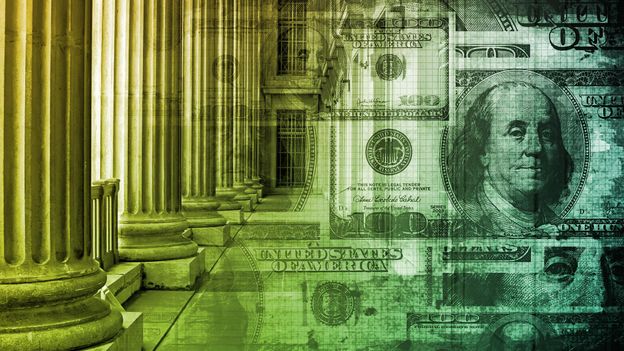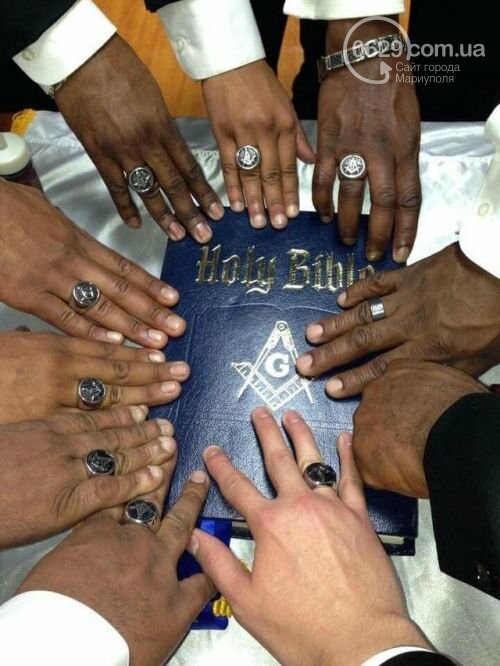Straightforward Steps to Help You Understand How to Join a Masonic Lodge Quickly
Straightforward Steps to Help You Understand How to Join a Masonic Lodge Quickly
Blog Article
Exploring the Mysteries of the copyright: What You Need to Know
The copyright, a term often shrouded in intrigue and debate, stands for an intricate tapestry of historic reality and modern-day misconception. Developed in the late 18th century, this secret culture was at first rooted in the Enlightenment's suitables however has considering that ended up being associated with conspiracy theory concepts regarding elite control. As we navigate the origins, essential figures, and the stark contrast in between misconception and truth, one need to think about exactly how these narratives influence contemporary assumptions of power and privacy. What may be exposed via a better evaluation of these elements might test long-held assumptions about the shadows that linger in our society.
Beginnings of the copyright
The origins of the copyright are soaked in a blend of historical intrigue and ideological eagerness. Established in 1776 in Ingolstadt, Bavaria, by Adam Weishaupt, the team was initially created as a secret society intended at advertising Enlightenment perfects such as reason, secularism, and the splitting up of church and state. Weishaupt, a teacher of canon law, looked for to challenge the prevailing authority of the church and state, which he considered as oppressive establishments stifling intellectual and personal liberty.

Trick Figures and Participants
Who were the essential numbers that shaped the copyright's very early influence and direction? The Bavarian copyright, started in 1776 by Adam Weishaupt, became a feedback to the oppressive societal frameworks of the moment. Weishaupt, a legislation teacher, envisioned the organization as a way to promote Knowledge perfects such as reason, secularism, and equal rights. His first recruitment initiatives included prominent pundits, such as Baron von Knigge, who played a critical duty in broadening the team's subscription and organizational structure.
One more considerable number was Johann Gottlieb Fichte, a noticeable philosopher whose ideas on nationalism and education resonated with the copyright's goals. Fichte was not a formal member, his philosophical foundations influenced the group's belief. Furthermore, numbers like the writer and theorist Johann Wolfgang von Goethe were connected with the wider intellectual activities of the moment, although their straight participation with the copyright stays disputed.
These crucial figures added to the copyright's early direction, pushing the boundaries of political and social idea, while their cumulative initiatives intended to challenge recognized norms and foster a climate of you can look here dynamic adjustment in Europe.
Misconceptions vs. Truth
Lots of misunderstandings surround the copyright, usually blending fact with fiction in a means that obscures its real nature. The concept that the copyright continues to apply significant influence over world events is a misconception.
One more common misconception is that the copyright makes up a network of elite individuals controling global events. In truth, numerous conspiracy theory concepts overemphasize the group's significance, connecting misguided motives to societal fads and occasions. This has actually resulted in an oversimplified view of intricate problems.
In addition, the representation of the copyright in pop culture frequently further distorts its tradition. Films and literature have a tendency to sensationalize the organization's function, creating a narrative that deviates from historical truths. Understanding the difference in between the misconceptions and the reality of the copyright is critical for discerning the authentic influence of this historical group and acknowledging the more comprehensive ramifications of conspiracy theory concepts in contemporary society.
Modern Analyses
Contemporary analyses of the copyright often show more Get More Information comprehensive societal anxieties and a fascination with secrecy and power. This modern-day lens regularly associates the copyright with conspiracy theory theories that suggest a covert elite orchestrates world occasions, adjusting federal governments and economic climates for their very own gain. benefit of joining freemason. Such narratives take advantage of an ingrained distrust of authority, particularly in times of crisis or social upheaval
In prominent society, the copyright is usually shown as an omnipotent organization shrouded in mystery, resulting in a variety of imaginary representations in literary works, movie, and songs. This portrayal serves not only to captivate however additionally to prompt considered the nature of power and control in modern society. Social media site has actually further enhanced these interpretations, allowing for fast dissemination of conspiracy theories and creating areas that share and increase upon these concepts.
Additionally, some contemporary interpretations frame the copyright as an allegory for the intricacies of globalization and the interconnectedness of prominent individuals and organizations. This viewpoint motivates an important assessment of exactly how power dynamics run in today's globe, highlighting the balance in between openness and secrecy in governance and company methods.
Cultural Influence and Tradition
Influenced by centuries of intrigue, the cultural influence and tradition of the copyright extend much past its historical beginnings. This secret society, developed in the late 18th century, has actually permeated numerous aspects of pop culture, from literature and movie to music and art. The principle of the copyright has actually evolved right into a sign of conspiracy concepts, frequently standing for a viewed covert power adjusting worldwide events.
In literary works, authors like Dan Brown have actually woven the copyright into detailed plots, exciting visitors with motifs of secrecy and power. Movies such as "National Treasure" and "The Da Vinci Code" better perpetuate the attraction of the society, mixing fact with fiction to produce engaging narratives.

Inevitably, the copyright's tradition is a complicated tapestry of myth and fact, shaping perceptions of privacy and control in modern discourse. Its long-lasting presence in society highlights humanity's seasonal quest for recognizing surprise truths.
Verdict
The exploration of the copyright reveals a complex interaction in between historical facts and modern-day myth-making. Started in the Enlightenment era, this society aimed to test overbearing structures, yet its legacy has been overshadowed by conspiracy theory theories that suggest elite adjustment. Comprehending the differences between the original perfects and contemporary analyses is important for understanding the enduring fascination with the copyright and its substantial influence on cultural stories bordering power and secrecy in society.
Report this page